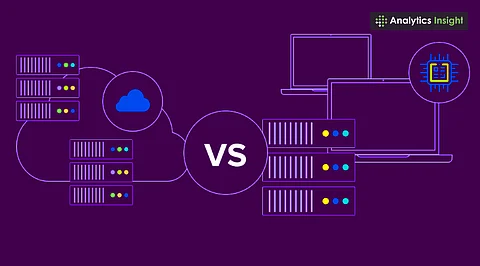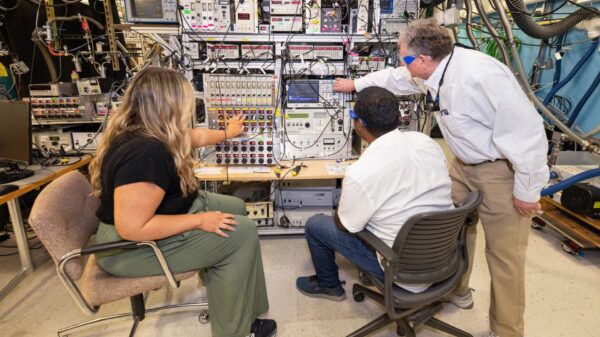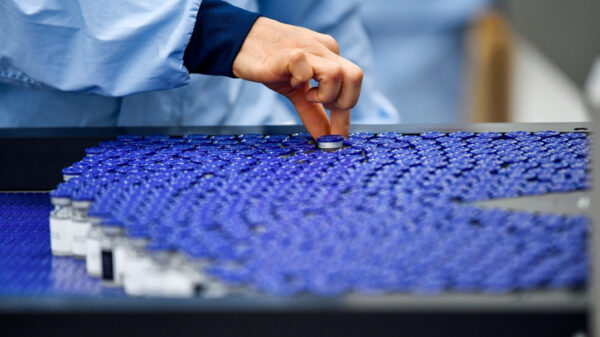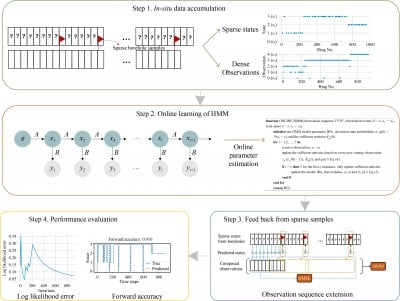A recent survey highlights a growing trend among employed Americans, revealing that more than half frequently skip lunch to enhance productivity. The poll, conducted by Talker Research between July 15 and July 18, 2025, involved 2,000 employed Americans, including 1,000 parents of school-aged children. According to the findings, 55% of respondents forgo lunch on busy days, often forgetting to eat entirely on two workdays each week.
The survey commissioned by Buddig for National Sandwich Month underscores the challenges workers face in balancing productivity and health. Over 43% of those surveyed rely on reminders to eat lunch, with women (63%) more likely than men (48%) to require such prompts. Despite this, a significant 63% of working Americans report consuming a substantial meal most days, while 37% admit to snacking or grazing throughout the day instead of having a proper lunch.
Various trends emerge when examining lunch habits among different subgroups. For instance, men (91%) are more inclined than women (85%) to take a break for lunch. Furthermore, hybrid workers (94%) are more likely to step away from their tasks compared to remote (85%) and in-person employees (87%). Despite the push to take proper breaks, a third of employed Americans (33%) generally eat their lunch at their desks, with remote workers (41%) leading this trend over hybrid (38%) and in-person (28%) colleagues.
Most workers typically consume lunch around 12:48 p.m., with their average lunch break lasting only 35 minutes. Among those who do take a break, a substantial 43% multitask during their meal. Women are more likely than men to engage in multiple activities at lunch (51% vs. 33%). Common multitasking activities include checking social media (70%), texting (64%), and making phone calls (55%). Interestingly, while the majority (84%) agree that taking offline breaks is beneficial for health, the practice does not always translate into action.
Amy Krider, senior brand manager at Buddig, emphasizes the importance of stepping away from work to enjoy a proper meal. “While it can be tempting to power through your workday and skip taking a lunch, it’s important to give yourself a break and eat a full, substantial meal,” she stated. “Not only do we need all the energy we can get from a filling meal to do our best work, we also need little breaks from our screens and tasks during the day for our health and wellness.”
When it comes to lunch choices, the survey reveals that 62% of employed Americans typically bring their lunch from home, while 33% purchase it. Only 5% enjoy meals provided by their employers. Sandwiches emerge as the favored lunchtime option, with 75% of workers selecting them as their go-to meal. Among parents, 70% report that their children also favor sandwiches.
Looking at the dietary habits of parents and their children, working Americans cite sandwiches (64%), salads (45%), and hamburgers (33%) among their common lunch staples. For their children, parents report sandwiches (58%), pre-made meal kits (36%), and pizza (30%) as the most frequent choices. Interestingly, while 83% of parents consider their children’s lunches healthy, only 74% feel the same about their own meals.
Health trends reveal that hybrid workers consume the healthiest lunches, with 79% reporting nutritious choices, compared to remote (71%) and in-person (65%) workers. Surprisingly, those whose lunches are catered by employers report healthier meals (75%) than those who bring homemade lunches (72%) or buy lunch (62%).
Krider points out that busy schedules can hinder workers from preparing nutritious meals. “Busy work schedules mean that many don’t have time to pack healthy, protein-filled lunches,” she noted. “And working parents have the added struggle of making sure their kiddos get nutritious, filling meals while at school. That’s where the classic sandwich can come in handy. Protein-filled and versatile, it’s included among respondents’ favorite lunch meals for a reason.”
As the survey reflects the lunch habits of many employed Americans, it highlights the need for a balanced approach to work and health. Taking the time to enjoy a proper meal not only fuels productivity but also contributes to overall well-being.


































































